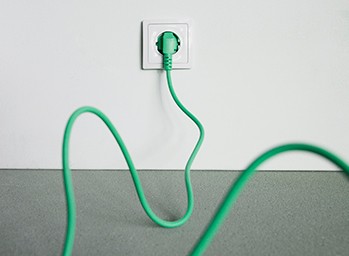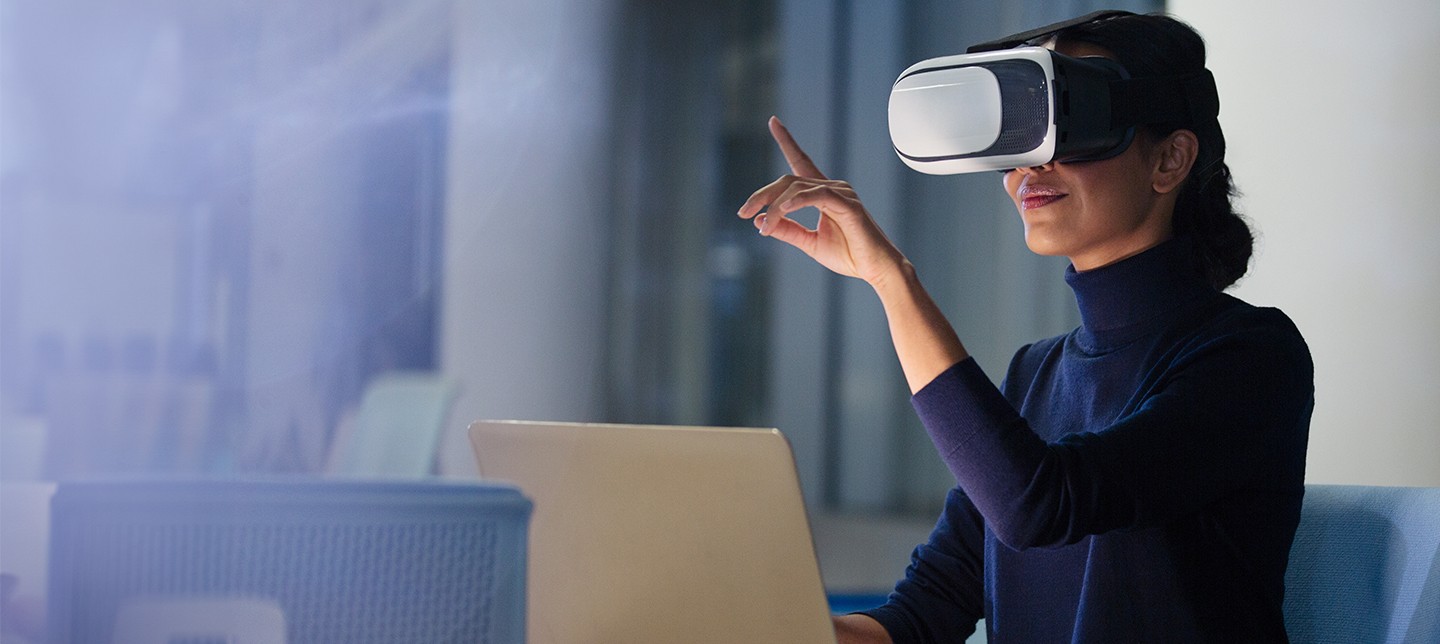
Why You Need to Pay Attention to Vampire Energy
Vampire energy is what technical equipment uses when it’s not actively turned on. These devices still pull some level of power from the grid.

Two groundbreaking technologies, augmented reality (AR) and virtual reality (VR), have transcended their origins in entertainment to redefine industries far beyond. AR blends digital elements with the physical world, enhancing real-world experiences with computer-generated information. VR, immerses users in entirely digital environments, providing sensory-rich experiences.
While these technologies have become synonymous with gaming and entertainment, they now have critical applications in training, remote collaboration, industrial design, and more. This integration puts new demands on test engineers who might not traditionally have worked with such technologies.
NI test solutions streamline workflows and help engineers meet tight deadlines to evaluate AR and VR headsets, peripherals, and software. Keep reading to learn more about our core AR and VR tests.
Power efficiency is of paramount importance in the development and usage of AR and VR devices. Power efficiency directly impacts user experiences, ensuring comfortable and extended usage, as well as portability for on-the-go adventures. Moreover, power-efficient components mitigate heat generation, contributing to user comfort and device longevity. Cost savings and a reduced environmental footprint are additional benefits, making AR and VR more accessible and eco-friendlier. Efficiency also drives content creation, scalability, and market adoption, allowing for broader applications. Power efficiency enables devices to run more complex and immersive content, such as realistic physics and spatial audio. In industrial and enterprise contexts, it reduces downtime, boosting productivity. In essence, power efficiency is a linchpin in the advancement and widespread acceptance of AR and VR technologies.
The need for efficient and robust testing solutions is crucial for a wide variety of devices across industries. NI’s Power Performance Validation Solution holds the key to expediting the validation process and improving power efficiency. This modular, accurate, and scalable system significantly reduces evaluation times, leading to swift identification and resolution of bugs. Its user-friendly software interface simplifies the debugging phase, streamlining the path to market readiness. Furthermore, real-time visualization empowers engineers to monitor AR and VR device performance instantaneously, allowing for informed decision-making and iterative improvements.
Audio and acoustics testing in AR/VR underpins the creation of immersive and convincing virtual environments. Through rigorous testing, developers can fine-tune audio elements, ensuring users are fully immersed and can discern the spatial orientation of sounds in the virtual world. This precision in audio reproduction not only enhances realism but also reduces discomfort and motion sickness, making for a more enjoyable user experience. In applications such as training simulations and healthcare, accurate audio feedback is vital, while compatibility across various devices and hardware optimization are key for broader accessibility. Audio testing is an integral part of quality assurance, enabling developers to gather early user feedback and refine their content, ultimately contributing to the success and adoption of AR/VR technologies.
NI addresses the importance of sound quality with its Audio and Acoustics Testing solution. This technology ensures that audio elements within AR and VR environments are of the highest quality, enhancing immersion and realism. NI’s comprehensive testing station guarantees precise audio performance assessment, contributing to the creation of seamless virtual worlds.
Automated test software holds a pivotal role in the realm of AR/VR development. Its efficiency in executing complex and repetitive tasks accelerates testing processes while maintaining unwavering consistency, eliminating human error. Automated test software provides the crucial role of facilitating comprehensive regression testing as AR/VR applications evolve, ensuring the integrity of existing functionalities. Moreover, automated tests can be effortlessly scaled to encompass diverse scenarios, platforms, and hardware configurations, addressing the unique challenges posed by AR/VR ecosystems.
These tools also simulate realistic environmental conditions, assess performance, and provide valuable data for tracking progress and decision-making. As an integral part of continuous integration and continuous deployment pipelines, they safeguard product quality and reduce post-release bug-related costs. In sum, automated test software is an indispensable asset for AR/VR development, optimizing quality, efficiency, and compatibility in these immersive technologies.
NI integrated development environments (IDEs) with specialized application software are designed for rapid test system deployment. With a focus on characterizing, validating, and testing electronic devices, NI electronics solutions offer versatile tools for engineers in AR and VR development.
As we peer into the future of AR and VR, it’s clear that these technologies will continue to redefine industries and, shape new user experiences.
An example of how AR and VR technologies are revolutionizing processes is professional and technical training. Training, at one time reliant on physical environments, can now be enhanced by simulated scenarios. Medical professionals, for instance, practice complex surgeries in VR environments, which allow them to refine their skills without jeopardizing patient safety. In addition, remote collaboration is elevated to new heights, enabling teams to work together irrespective of geographical location. Also, architects and designers can create virtual prototypes to visualize structures before construction even begins.
While AR and VR technologies have become invaluable tools, enhancing precision and efficiency across domains, they have also impacted the way products are designed and have ultimately driven innovation in test and measurement. Embracing the power of efficiency, precision, and automation, NI is continuing its journey towards a more immersive and transformative digital world.